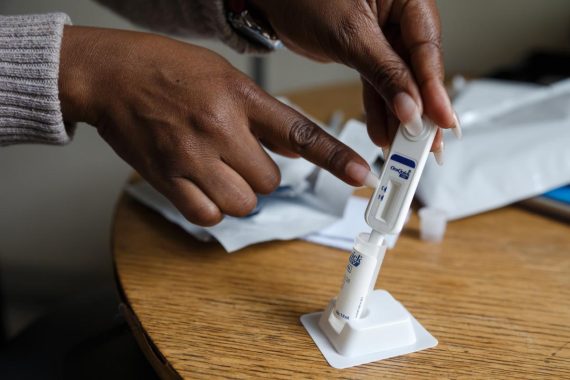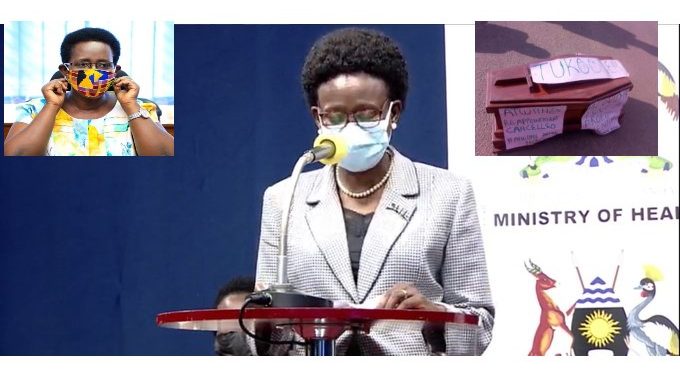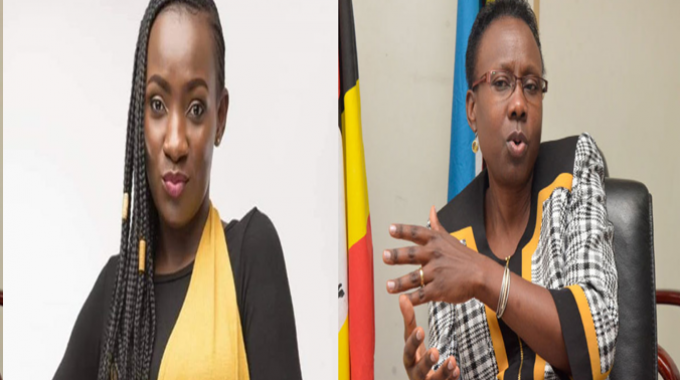HIV self test kits
The Ministry of Health on Wednesday launched a new mobile HIV blood self-testing kit, dubbed “Check Now”. The HIV prevalence rate among adolescents and women stands at 5%.
The Health Minister, Dr. Jane Ruth Aceng, says the testing kit developed by global medical device company Abbott was also tested and approved by the Uganda Virus Research Institute (UVRI).
Aceng says the kits are targeting some populations that are not aggressive with testing for HIV including children, men and other young key populations. She explains that self testing will enable easy access to testing for groups that are at the highest risk of contracting HIV/AIDS.
“There are some populations that remain behind, these include children, adolescents, men and key populations. Self testing will enable us reach out to these groups,” says Aceng
A pilot study for the test kit was conducted in seven universities and those involved will introduce the testing method to their peers.
”The self-test is distributed by peers,somebody who already knows their HIV status and is willing to support whoever is testing. So the peers counsel whoever they meet and introduce the topic. So if you test and are not sure of the results, the peers will bring you to a facility for further testing,” she adds
Uganda is among the first four countries to launch together with South Africa, Nigeria, and Cameroon. Uganda has in addition to blood-based self-test kits had oral swab tests.
HIV self test kits
How the self test kits work
-Wash hands with warm water or rub them together to increase blood circulation.
-Clean the finger with an alcohol pad and let it dry for 10 seconds.
-Remove the lancet cover and place it on that finger until it clicks.
-Massage finger from the base until at least two drops of blood fall into the basin. Wipe finger clean and cover with a plaster.
-Dip a dropper into the blood sample in the basin and release slowly to take blood into the dropper. Place the dropper on a well labelled squeezer and apply a drop to the wells.
-Start timer and wait for results in 20 minutes. A red line means the test is negative. A line in area C and T indicate an HIV positive result.
Over 1.4 million Ugandans are living with HIV/AIDS
HIV self test kits




















